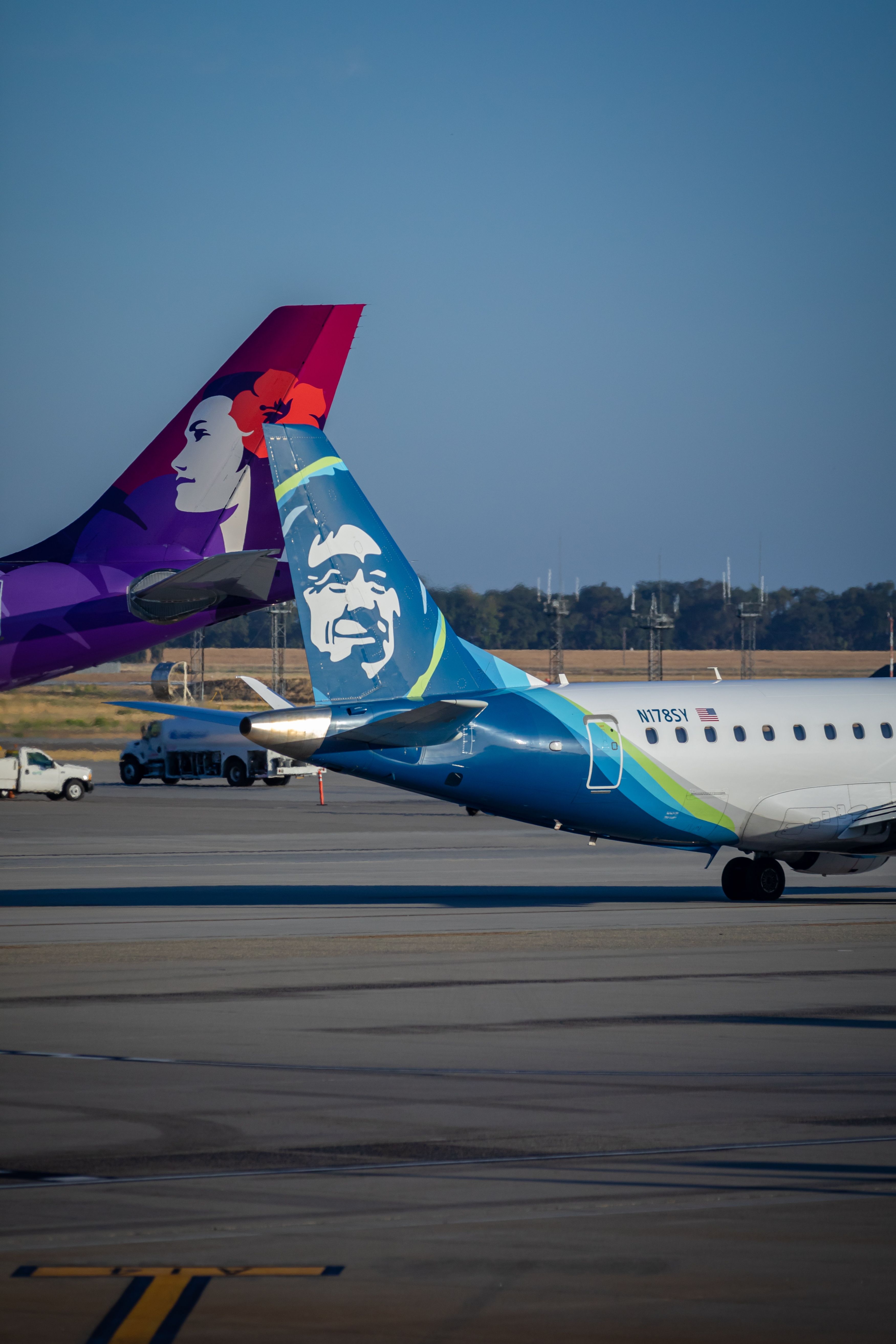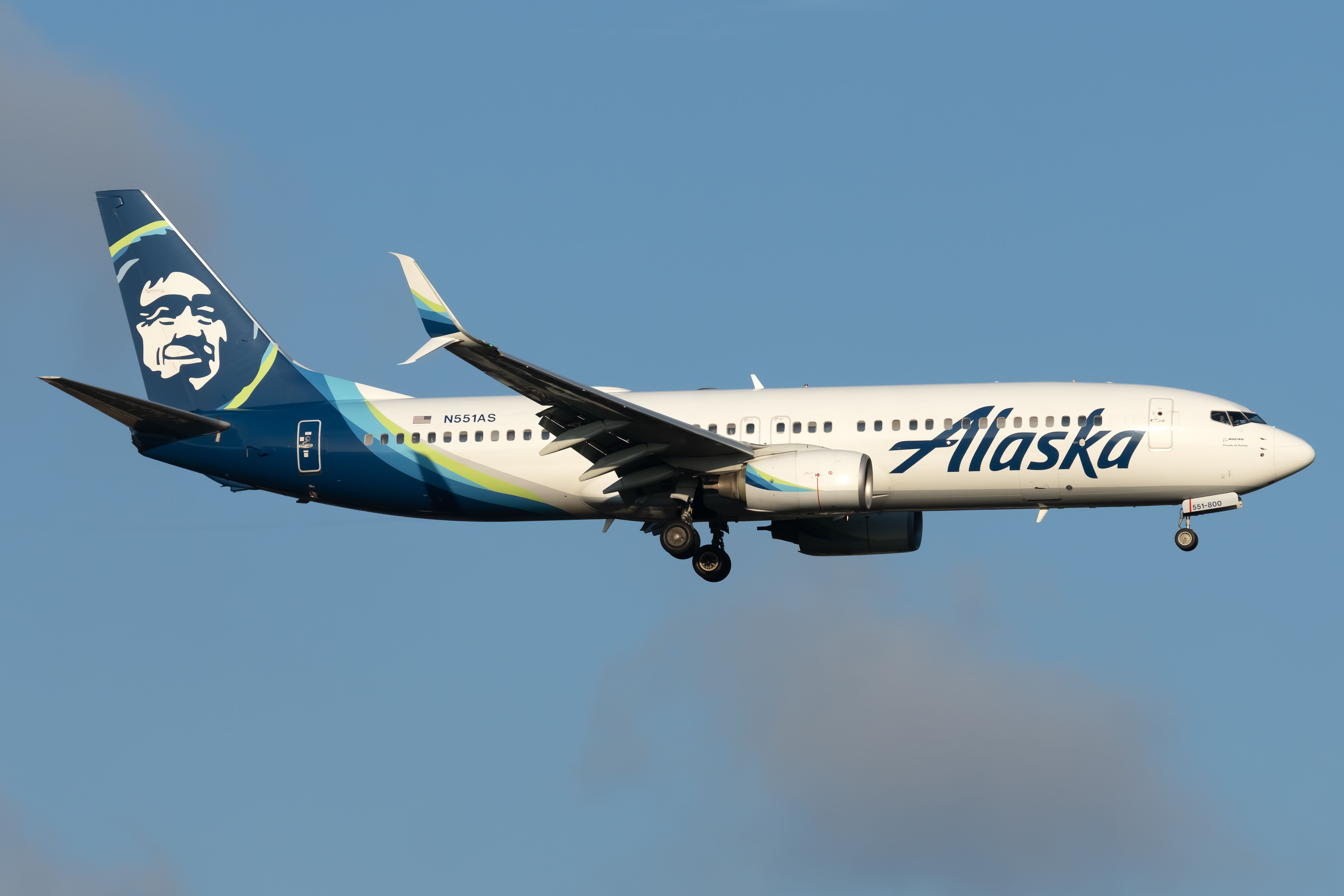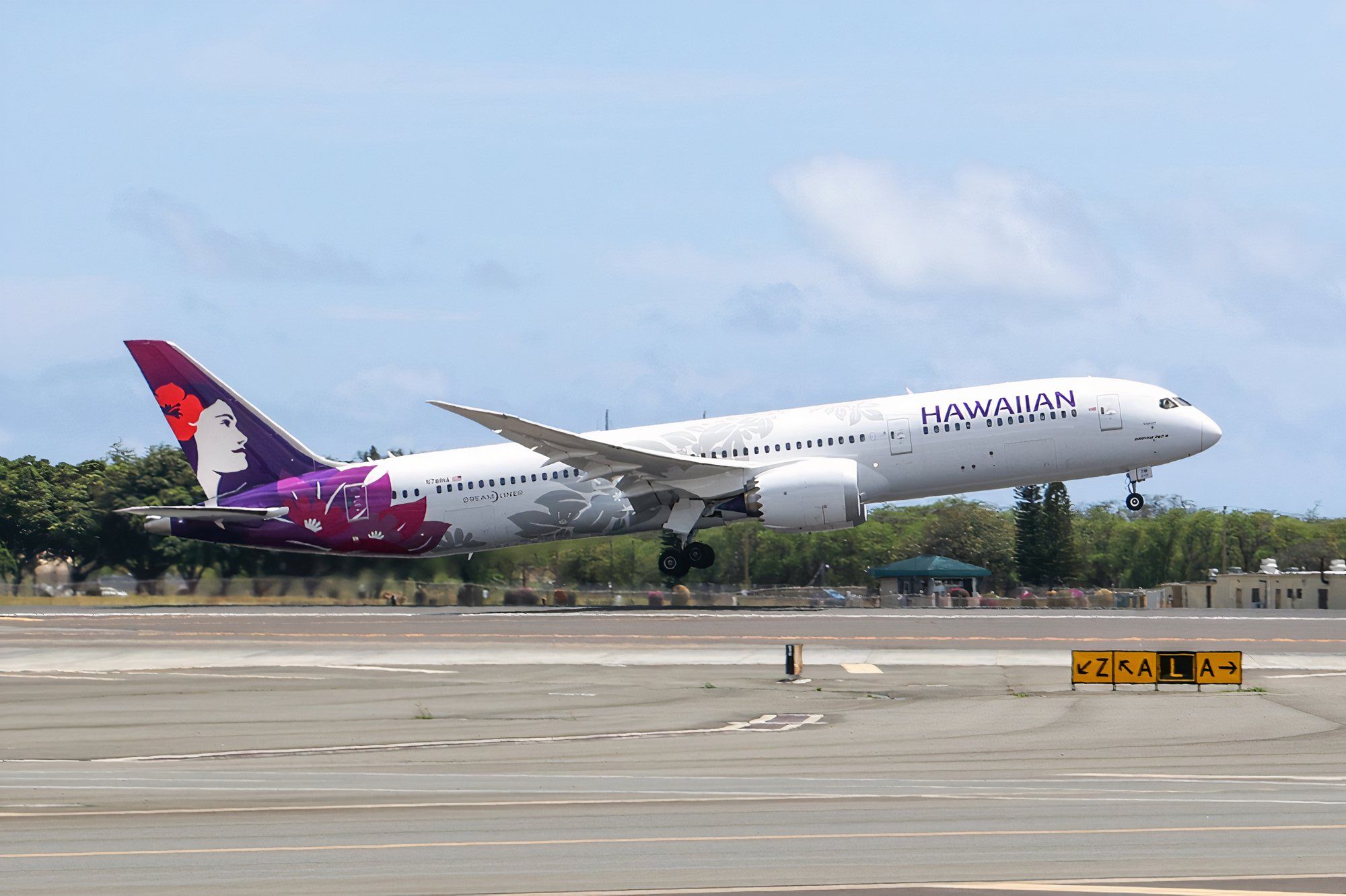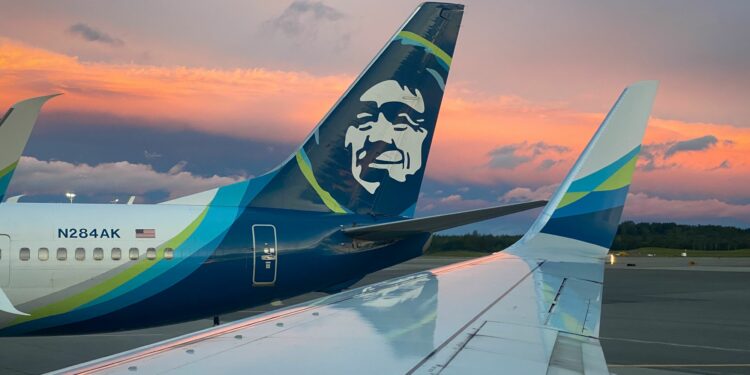Photo:ﺡ EQRoy | Shutterstock
Interestingly, Hawaiian Airlines has already removed Ingramﻗs biography page from its website, with the site saying that the page was not found.
Previously, Ingram spent 11 years at  American Airlines, including a stint as the CFO of American Eagle between 2002 and 2005.
American Airlines, including a stint as the CFO of American Eagle between 2002 and 2005.
Sprague has a long-tenured career at Alaska Airlines, including a four-year stint as the president of Horizon Air, the regional subsidiary of Alaska Airlines.
The executive has worked in the aviation industry for more than three decades, including being a pilot for a regional Alaskan airline. In 2017 and 2018, Sprague briefly left Alaska Airlines before returning to work as the leader of Horizon Air.
Approved merger
The news came shortly after Alaska Airlines and Hawaiian Airlines cleared their mergerﻗs final regulatory hurdle, namely getting approval from the Department of Transportation (DOT).
The Department of Justice (DOJ) approved the Alaska Airlines and Hawaiian Airlines merger on August 20.
While the DOJ had extended the review period several times, including requesting additional information from the two airlines in February, it expired on August 20, and the DOJ had not laid out any additional conditions for the merger to clear.

Photo:ﺡ christianthiel.net | Shutterstock
However, the DOTﻗs nod was a different story, and while it approved the merger on September 17, it did so by attaching nine strings.
The commitments agreed to by Alaska Airlines and Hawaiian Airlines will be subject to a six-year review period, starting as soon as the two close the merger. Furthermore, the former airline, which will absorb the latter, will have to report whether it has kept those commitments to the DOT no later than 90 days after the merger has closed and, subsequently, annually.
DOTﻗs conditions for Alaska Airlines and Hawaiian Airlines merger
The Departmentﻗs filing on September 17 revealed that it approved the merger with nine conditions, which included the commitment to continue providing high-value service on overlapping routes where Alaska Airlines and Hawaiian are the only competitors or there is only one other airline flying the same itinerary.
As a result, the carrier agreed to maintain or exceed the average minimum level of capacity on these routes until either the six-year term expires, a competitor enters the same market with the same service level as Hawaiian Airlines using a December 2023 baseline, or market conditions forces the group to exit a market.
However, the latter move has to be approved by the DOT, provided that Alaska Airlines Group, the successor entity following the merger, proves to the Department that either internal ﻗ such as unprofitable flying or low load factors ﻗ or external factors ﻗ aircraft or part shortages, extraordinary restrictions, or force majeure events ﻗ prevent the combined entity from carrying out these services.

Photo: Vincenzo Paceﺡ | Simple Flying
The group will also have to maintain existing interline agreements, ensure reasonable access to new entrants at Honolulu Daniel K. Inouye International Airport (HNL), and align the Hawaiian Airlines customer service commitments with Alaska Airlinesﻗ commitments, which include the DOTﻗs latest rules, including fee-free seating for families and certain provisions in the case of delays or cancelations.
In the document, the DOT also laid out that the combined entity would have to continue serving rural and underserved communities in Alaska and Hawaii. This includes maintaining interline agreements with airlines based in Hawaii and Alaska Airlines continuing to participate in essential air service (EAS).
The DOT also mandated the entity to comply with automatic refunds, assistance to passengers with reduced mobility, family seating, and cybersecurity regulations.
In a statement on September 17, Pete Buttigieg, the US Transport Secretary, said that the DOTﻗs top priority was protecting the traveling publicﻗs interest in the merger.
As a result, the Department secured binding protections that maintain flight services for communities, ensure smaller airlinesﻗ access to HNL, and lower costs for families and service members, Buttigieg highlighted.
ﻗThis more proactive approach to merger review marks a new chapter of DOTﻗs work to stand up for passengers and promote a fairer aviation sector in America.ﻗ
Loyalty commitments
The DOT also secured certain protections related to Alaska Airlines and Hawaiian Airlinesﻗ loyalty programs, called Mileage Plan and HawaiianMiles, respectively.
For one, with the entity launching a combined loyalty program, Alaska Airlines has committed to exchanging HawaiianMiles to Mileage Plan miles at a 1:1 ratio, resulting in the same number of miles after the conversion.
Furthermore, miles from both loyalty programs have to remain valid without expiration, and Mileage Plan and HawaiianMilesﻗ membersﻗ status would matched and maintained for the remainder of the applicable program year at the launch of the new program.

Photo: Hawaiian Airlines
Before the two loyalty programs are combined, the same 1:1 ratio applies for members transferring miles from HawaiianMiles to Mileage Plan, and Alaska Airlines must ensure that the miles of members of Hawaiian Airlinesﻗ loyalty program do not lose the value of their loyalty points.
Lastly, Alaska Airlines will have to award and honor miles for flights and promotions that were completed or begun before the closing of the merger.
According to the latest DOT data, in terms of domestic revenue passenger miles (RPM), Alaska Airlines and Hawaiian Airlines had a market share of 6.1% and 1.7%, respectively, in June.
While the combined entity should result in an airline with a market share of just shy of 8%, it would still not crack the top 4 list in the US, considering that  United Airlinesﻗ market share was 16% in June.
United Airlinesﻗ market share was 16% in June.
Source link : http://www.bing.com/news/apiclick.aspx?ref=FexRss&aid=&tid=66eabf09fa5d4c508c41772e49091c05&url=https%3A%2F%2Fsimpleflying.com%2Falaska-airlines-appoints-honolulu-leadership-hawaiian-merger%2F&c=10404854198129558755&mkt=en-us
Author :
Publish date : 2024-09-18 00:13:00
Copyright for syndicated content belongs to the linked Source.












